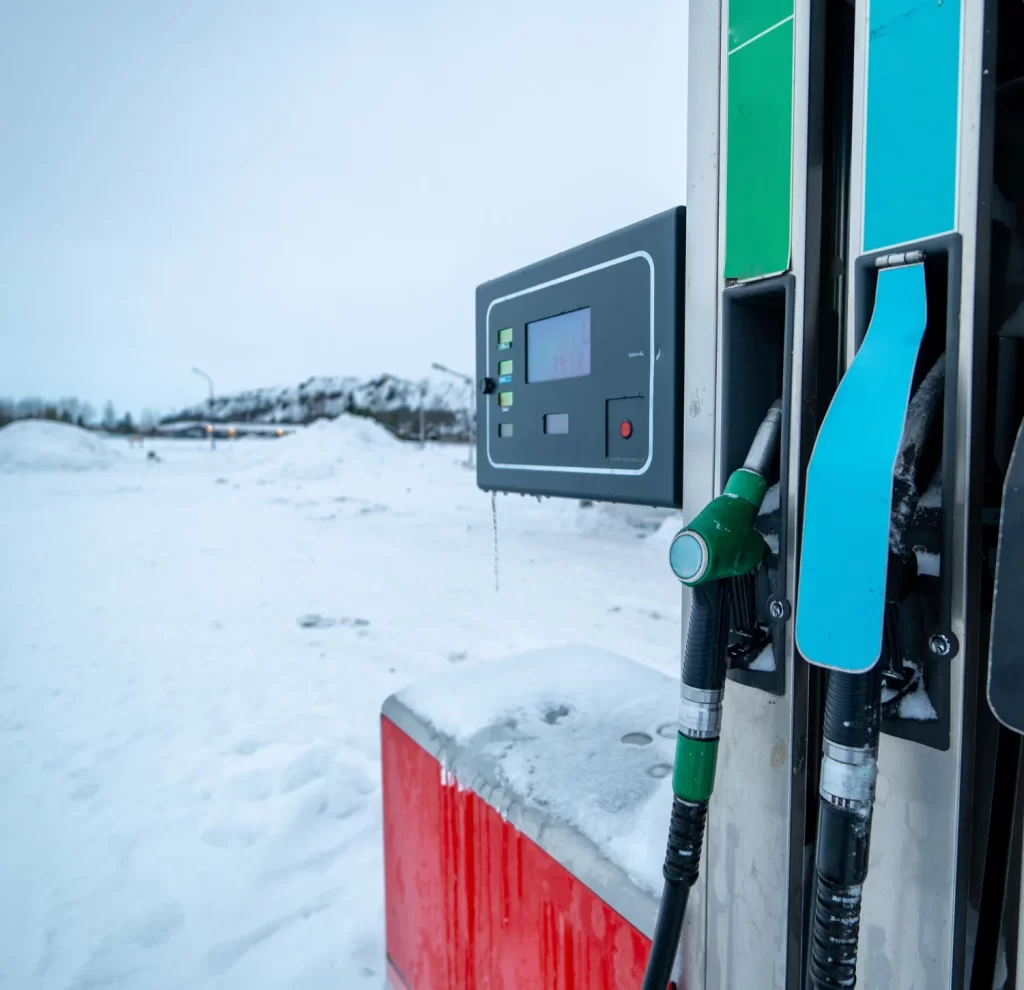The electric vehicle (EV) revolution is gaining momentum across the globe, and Canada is no exception. As a nation committed to achieving net-zero carbon emissions by 2050, EVs are set to play a pivotal role in decarbonizing the transportation sector. With federal mandates, innovative technology, and growing consumer interest driving adoption rates, 2025 is shaping up to be a landmark year for EVs in Canada. However, challenges such as infrastructure gaps and automaker hurdles remain significant barriers. In this article, we’ll explore the forecast for Canada’s electric vehicle market in 2025 and examine the critical factors influencing its growth.
EV Market Forecast for 2025: What’s Ahead for Canada?

Current EV Adoption Trends
Canada’s electric vehicle market has seen substantial growth over recent years. According to data from Electric Mobility Canada, EV sales accounted for approximately 8% of new vehicle purchases nationwide in 2023 — a number that continues to climb steadily each quarter. Provinces like British Columbia (where ZEV sales surpassed 20% of all new vehicles sold) and Quebec are leading the charge with strong policy incentives and charging infrastructure investments.

Key Drivers Behind Growth
A combination of government support programs is accelerating this transition. Federal initiatives like the iZEV program offer rebates of up to $5,000 on eligible zero-emission vehicles, while provincial subsidies provide additional financial incentives. Consumers are also benefiting from advancements in battery technology that have reduced costs and extended driving ranges — making EVs more practical than ever before.

Projected Market Share by 2025
Industry experts predict that by 2025, EVs could account for at least 15-20% of all new vehicle sales across Canada. This aligns with federal targets requiring all light-duty car sales to be zero-emission by 2035. While these ambitious goals will require continued investments in infrastructure and public education campaigns to ease adoption barriers, they signal a clear path forward for Canada's green transportation future.
Challenges Faced by Automakers in the Canadian Market
While demand for electric vehicles is growing rapidly, automakers face several unique challenges when catering to the Canadian market.

Supply Chain Disruptions
One major hurdle lies in securing raw materials like lithium, cobalt, and nickel — essential components for EV batteries. Despite Canada's abundant reserves of critical minerals, competition from global markets has created supply constraints that threaten production timelines.

Adapting to Harsh Winters
Canadian winters present another distinct challenge for automakers. Cold temperatures can significantly reduce battery efficiency and range — a concern frequently cited by potential buyers living in northern provinces or rural regions.
To address this issue, manufacturers are investing heavily in research & development tailored specifically to cold-weather performance. For example, some companies are developing thermal management systems designed to maintain optimal battery temperatures even during extreme weather conditions.

Balancing Costs with Affordability
Despite falling costs associated with lithium-ion batteries over recent years, producing affordable mass-market electric vehicles remains difficult due to high R&D expenses. Many Canadian consumers still view upfront prices as prohibitive without government rebates — creating reliance on subsidy programs that may not last indefinitely.

Charging Stations: Expanding Canada's EV Infrastructure
Infrastructure development is one of the most pressing concerns surrounding mass EV adoption in Canada.
Current State of Charging Networks
Although significant progress has been made in expanding charging networks across urban hubs like Toronto or Vancouver through public-private partnerships such as Petro-Canada's "Electric Highway," availability remains inconsistent nationwide—particularly within rural areas where long drive distances make range anxiety an even greater concern.
Accordingly, Natural Resources Canada recently announced plans to allocate $500 million toward building fast-charging stations along key transportation corridors coast-to-coast, aiming to establish further support continuity
Government Initiatives Driving Charging Network Expansion
To bridge the gap in charging infrastructure, federal and provincial governments are investing heavily in expanding access. Programs like Natural Resources Canada’s Zero-Emission Vehicle Infrastructure Program (ZEVIP) have allocated hundreds of millions of dollars to installing Level 2 and fast-charging stations across the country. Provinces such as British Columbia and Quebec are leading with their own initiatives—BC Hydro’s EV network and Hydro-Quebec’s Circuit Électrique are examples of how public utilities are stepping up to support EV adoption.
These efforts aim to ensure that no Canadian, whether they live in an urban center or a rural community, is left behind in the transition to greener transportation. However, there is still significant work ahead to meet demand by 2025.
Private Sector Investments Supporting Growth
The private sector is also playing a critical role in building out Canada's charging infrastructure. Companies like Tesla (through its Supercharger network), FLO, Electrify Canada, and Petro-Canada have made significant strides in installing chargers at convenient locations nationwide. Automakers are teaming up with energy companies to develop seamless charging solutions for consumers, further accelerating the pace of expansion.
By 2025, Canada could see thousands more public charging stations installed coast-to-coast—a key factor in alleviating range anxiety and encouraging more drivers to make the switch.

Electrical Grid Challenges: Can We Power the Future?
As EV adoption accelerates, Canada’s electrical grid faces increasing pressure to support this growing demand for electricity.
Increased Demand on the Grid
Mass EV adoption is expected to significantly increase electricity consumption nationwide. For example, a study from Clean Energy Canada estimated that widespread electrification of vehicles could boost electricity demand by approximately 20% by 2030—and early signs of this surge will be felt as soon as 2025. This poses challenges for provinces already grappling with aging infrastructure or limited generation capacity.
Upgrading Aging Electrical Infrastructure
The shift toward electric vehicles requires substantial upgrades to Canada’s electrical grid infrastructure. Many regions must modernize transmission lines, expand renewable energy sources like wind and solar power, and implement smart grid technologies capable of managing fluctuating demands caused by mass EV charging during peak hours.
Provincial utilities such as Ontario's Hydro One and Alberta's ATCO Electric have already begun preparing for these challenges by investing heavily in grid modernization projects. These initiatives are crucial not just for supporting EV growth but also for ensuring reliable access to clean energy across all sectors of society.
Driving Toward a Sustainable Future
The future of electric vehicles in Canada is undeniably bright but not without its obstacles. By 2025, we can expect tremendous advancements—including higher market penetration rates, expanded charging networks, and improved battery performance tailored for Canadian winters. However, addressing challenges such as supply chain disruptions, affordability concerns for automakers, and strain on electrical infrastructure will require ongoing collaboration between governments at all levels, automakers, utility providers, and private investors.
With steadfast commitment from policymakers and industry leaders alike—and growing enthusiasm among Canadian consumers—the road ahead looks promising. As we prepare for this pivotal year in electric vehicle adoption across Canada, one thing remains clear: the journey toward sustainability isn't just about reducing emissions; it’s about reimagining what mobility means for Canadians today and tomorrow.

